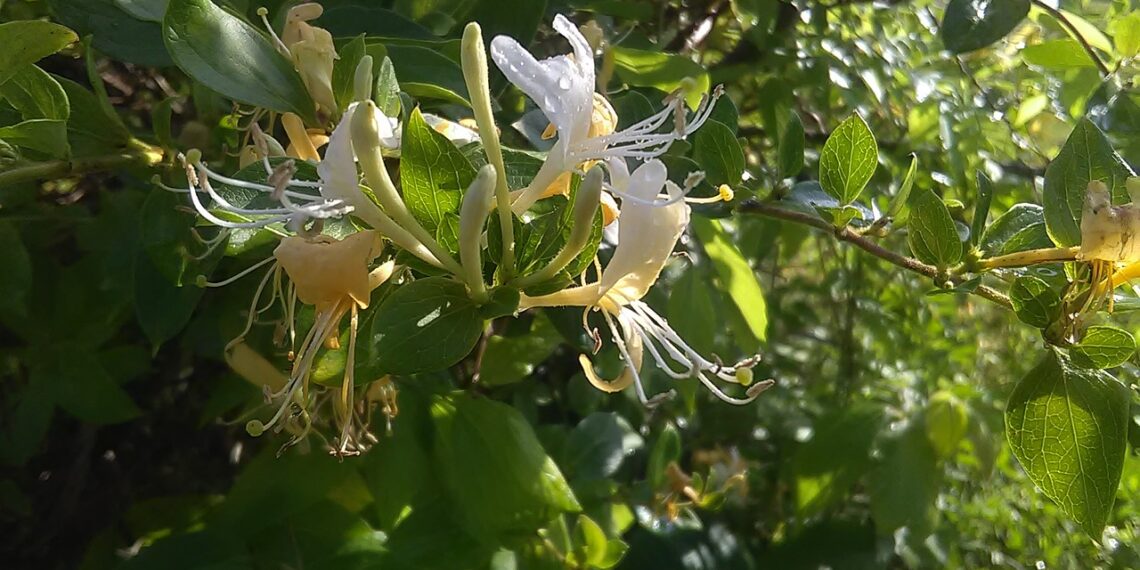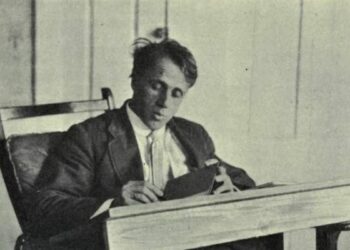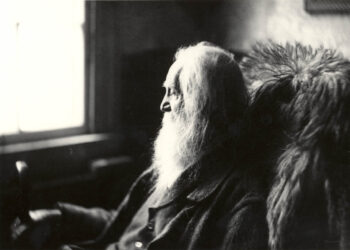The Wild Honey Suckle Poem Summary By Philip Freneau
The Wild Honey Suckle Poem Summary By Philip Freneau Often referred to as the “Father of American Poetry,” Philip Freneau is well-known for his vivid and provocative poetry that encapsulates the essence of life, nature, and human existence.
The Wild Honey Suckle, a lyrical masterpiece that uses the metaphor of a wild honeysuckle flower to examine the fleeting beauty of life, is one of his most well-known poems.
Introduction to The Wild Honey Suckle
The Wild Honey Suckle Poem Summary By Philip Freneau Written in 1786, The Wild Honey Suckle is a quintessential example of Freneau’s Romantic sensibilities and his deep connection to nature. The poem is a meditation on the fleeting nature of life, using the wild honeysuckle flower as a symbol of beauty, innocence, and mortality.
Through vivid imagery and philosophical reflections, Freneau invites readers to contemplate the delicate balance of existence and the inevitability of death.
The Wild Honey Suckle Poem Summary By Philip Freneau
Summary of The Wild Honey Suckle
The Wild Honey Suckle Poem Summary By Philip Freneau The Wild Honey Suckle is a six-stanza poem, each consisting of four lines, written in a simple yet elegant style. The poem begins with the speaker addressing the wild honeysuckle, a delicate flower that grows in a secluded, untouched area of nature.
Freneau marvels at its beauty, describing it as a “fair flower” that thrives away from the destructive influence of humans. The flower’s purity and innocence are emphasized, as it grows in a hidden grove, untouched by the “ruder hand” of mankind.
As the poem progresses, Freneau reflects on the inevitable fate of the honeysuckle. Despite its current beauty, the flower is destined to wither and die, just like all living things. The poet laments the brevity of life, noting that the honeysuckle’s existence is fleeting and subject to the relentless passage of time. He draws a parallel between the flower’s short-lived beauty and the transient nature of human life, suggesting that both are destined to fade away.
In the final stanzas, Freneau adopts a more resigned tone, accepting the natural cycle of life and death. He acknowledges that while the honeysuckle’s beauty is temporary, it is also a reminder of the eternal beauty of nature itself. The poem concludes with a sense of quiet acceptance, as the speaker recognizes that the flower’s brief existence is part of a larger, more enduring natural order.
Detailed Analysis of The Wild Honey Suckle
1. Themes
- Transience of Life: The central theme of the poem is the fleeting nature of life. Freneau uses the wild honeysuckle as a metaphor for the brevity of human existence, emphasizing that all living things are subject to the passage of time. The poem serves as a poignant reminder of the inevitability of death and the impermanence of beauty.
- Beauty and Innocence: The poem celebrates the beauty and purity of the honeysuckle, which thrives in isolation, away from human interference. This reflects Freneau’s Romantic ideals, which often emphasize the sanctity of nature and the importance of preserving its innocence.
- Acceptance of Mortality: While the poem laments the inevitability of death, it also encourages acceptance of this natural cycle. Freneau suggests that there is a certain beauty in the ephemeral nature of life, and that the fleeting existence of the honeysuckle is part of a larger, more enduring natural order.
2. Imagery and Symbolism
- The Wild Honeysuckle: The flower serves as a powerful symbol of delicate beauty and the fragility of life. Its secluded growth in a hidden grove symbolizes purity and innocence, untouched by the corrupting influence of humanity. The imagery of the flower’s inevitable decay underscores the poem’s meditation on mortality.
- Nature as a Timeless Force: The natural setting of the poem evokes a sense of timelessness and continuity. While the honeysuckle’s life is brief, the larger natural world endures, suggesting that life and death are part of a cyclical process that transcends individual existence.
3. Literary Devices
- Personification: Freneau personifies the honeysuckle, addressing it directly as a “fair flower” and attributing to it qualities of innocence and beauty. This device enhances the emotional impact of the poem, making the flower’s fate more poignant.
- Metaphor: The honeysuckle serves as a metaphor for human life, highlighting the shared experience of mortality. The poem’s central metaphor underscores the universal nature of its themes.
- Tone and Mood: The tone of the poem shifts from admiration and wonder to melancholy and resignation. This progression mirrors the speaker’s journey from marveling at the flower’s beauty to accepting its inevitable demise.
Conclusion
The Wild Honey Suckle Poem Summary By Philip Freneau A timeless meditation on the beauty and frailty of existence can be found in The Wild Honey Suckle. The poem encapsulates Freneau’s Romantic ideals and his profound respect for nature with its striking imagery, moving topics, and graceful simplicity.
It acts as a reminder of how fleeting life is and how important it is to appreciate the beauty all around us despite its impermanence.
Freneau’s brilliance as a poet is demonstrated by his ability to include deep philosophical truths into an apparently straightforward description of a flower.The Wild Honey Suckle continues to resonate with readers today, offering a poignant meditation on life, death, and the enduring beauty of the natural world.
FAQs
1. What is the main theme of The Wild Honey Suckle?
The main theme of the poem is the transience of life. Freneau uses the wild honeysuckle as a metaphor to explore the fleeting nature of beauty and the inevitability of death.
2. How does Freneau use symbolism in the poem?
The wild honeysuckle symbolizes delicate beauty and the fragility of life. Its secluded growth in a hidden grove represents purity and innocence, untouched by human interference.
3. What is the significance of the poem’s setting?
The natural setting of the poem emphasizes the timelessness and continuity of nature. While the honeysuckle’s life is brief, the larger natural world endures, highlighting the cyclical nature of life and death.
4. How does the tone of the poem change?
The tone shifts from admiration and wonder at the flower’s beauty to melancholy and resignation as the speaker reflects on its inevitable demise. This progression mirrors the speaker’s journey from marveling at the flower’s beauty to accepting its fate.
5. Why is The Wild Honey Suckle considered a Romantic poem?
The poem embodies Romantic ideals through its celebration of nature, emphasis on emotion and imagination, and focus on the beauty and innocence of the natural world.
6. What literary devices does Freneau use in the poem?
Freneau employs personification, metaphor, and vivid imagery to enhance the emotional impact of the poem and convey its themes effectively.
7. How does the poem reflect Freneau’s philosophical views?
The poem reflects Freneau’s views on the transient nature of life and the importance of accepting mortality as part of the natural order. It also highlights his reverence for nature and its enduring beauty.
Buy Ignou Assignment
📄 Solved Assignment PDFs – ₹50 each
📘 Exam Guides – ₹300 each
✍️ Handwritten Hardcopies – ₹350 each
📞 PHONE NUMBER – 81302028920 , 88822 85078
🛒 Buy PDFs Online: shop.senrig.in
Read More :




